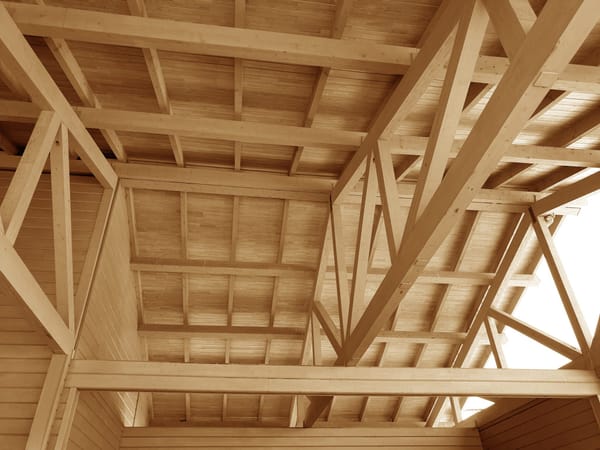Phoenix and the Liquor Labyrinth: Is Every Corner a Corner Store?
Take a drive through any Phoenix neighborhood and you're bound to encounter a curious phenomenon: an abundance of liquor stores and beer & wine shops. These establishments seem to be everywhere, often clustered together at intersections or lining busy avenues. While some might view this as simply a reflection of consumer demand, the story may be more complex.
This oversaturation of alcohol retailers could be silently weakening the city's grocery stores. Grocery stores, beyond offering convenience, play a vital role in fostering healthy communities by providing access to fresh produce, essential staples, and often, a pharmacy. When residents have to travel further for groceries due to the dominance of liquor stores, access to healthy food options suffers.
One theory points to Phoenix's car-centric development as a culprit. Our sprawling city, designed around automobiles, creates a landscape ripe for easy access, drive-thru convenience, and late-night service – hallmarks of the typical liquor store. This development pattern also explains the frequent conversion of former gas stations into liquor stores – a convenient reuse of existing structures within this car-dependent environment.
The consequences of this overabundance go beyond grocery store competition. Studies have linked a higher density of alcohol outlets to increased crime and social problems. While individual responsibility plays a role, the sheer ease of access can contribute to negative outcomes.
So, what can be done? Rethinking zoning regulations to limit the concentration of liquor stores and encouraging a mix of businesses within neighborhoods are potential solutions. Additionally, promoting walkable, mixed-use development could reduce car dependence and make grocery stores a more attractive option.
Phoenix residents deserve a healthy and vibrant city. Re-evaluating the liquor store landscape is a crucial step towards achieving that goal. By fostering a more balanced mix of businesses and prioritizing walkable development, we can create a city where healthy choices and community well-being take center stage.


